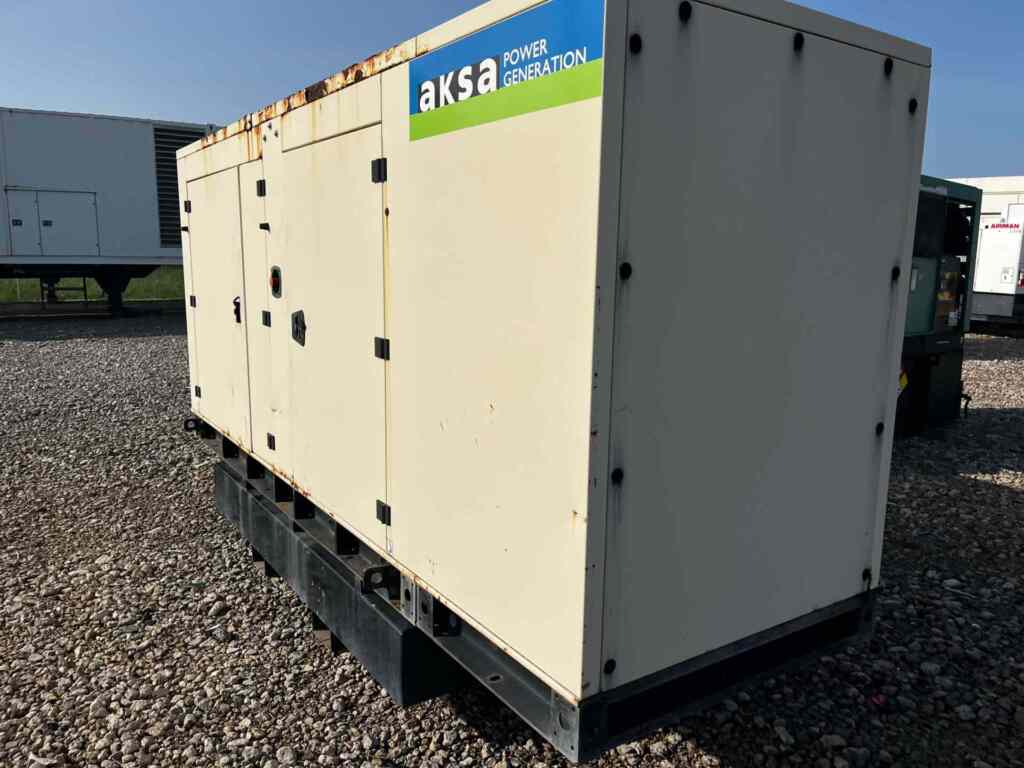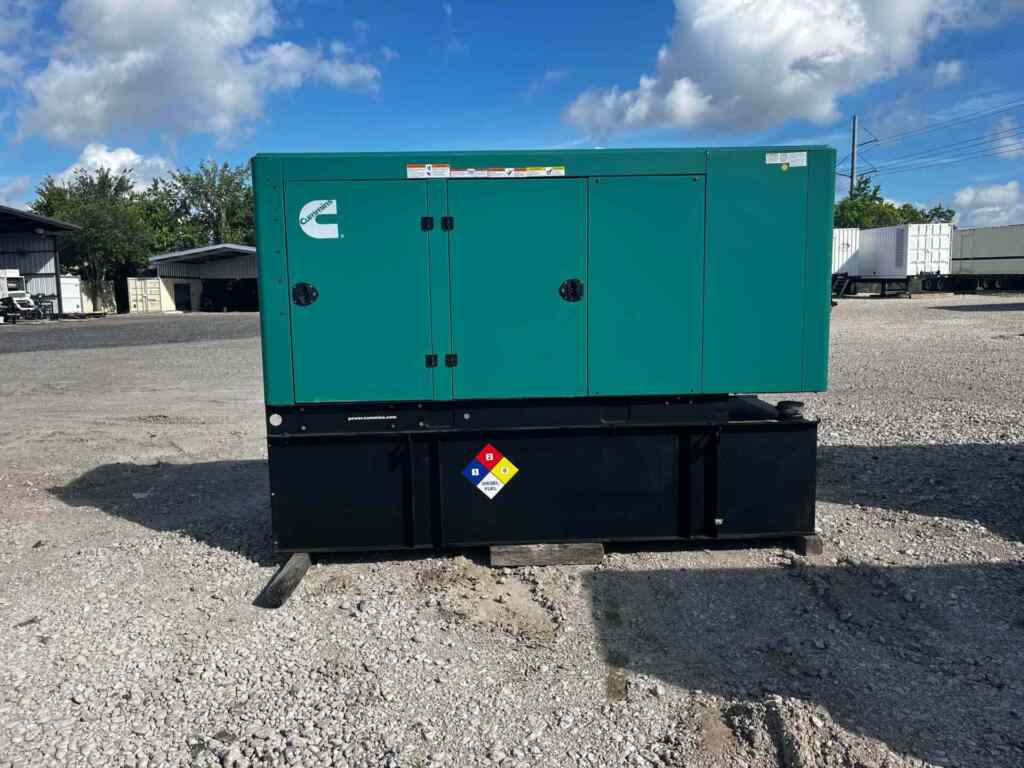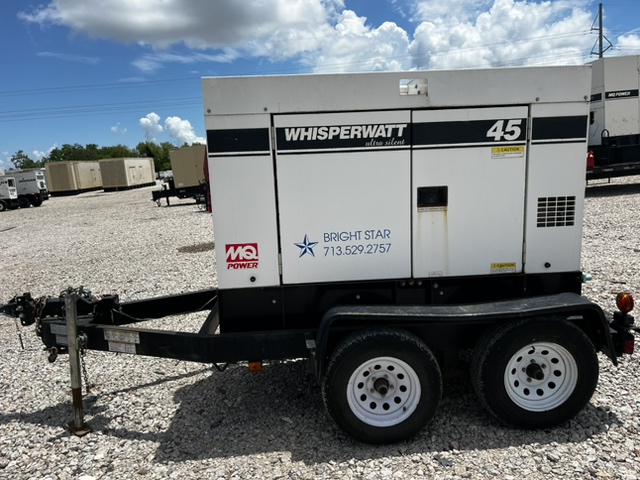Heavy rainfall is common in many regions of the US, which is why many industries invest in commercial generators. Keeping the lights on and your operations up and running during inclement weather is a smart business move, but – can you run a generator in the rain? A stable power supply is critical during bad weather, but can a generator get wet? Understanding how to safely use your generator can protect your investment and keep your generator operating at peak condition for many years.
Keeping Your Generator Dry
Water is a generator’s worst enemy. Even a small amount of water or condensation can cause the wiring within your generator to corrode. Once the wires begin to corrode, the electrical connections they make will stop working, meaning the money you have spent on your generator has been wasted. Leaving your generator in the rain is a bad idea, but unavoidable for construction sites or places where generators “live” outdoors.. Even if the generator is rated for use in all types of weather, taking proper precautions to keep it dry will extend the lifespan of your investment. There are two options to keep your generator dry during wet weather:
- Use a wet weather cover – if you only run your generator a few times per year, you may be able to simply use a special generator cover known as a wet weather cover. This tent-like cover keeps water out of the mechanical components of the machine. At the same time, it allows adequate airflow during use so that exhaust fumes are properly ventilated. Wet weather covers are specific to your model and size to guarantee the best fit.
- Build a permanent generator cover – if your generator is a permanent backup solution and you run it frequently, your best bet is to build a permanent generator cover to keep the generator dry. Just remember to allow for adequate ventilation to ensure that your generator does not overheat and fumes are properly expelled during use.
Alternatively, consider purchasing a skid-mounted generator. This makes your generator portable, no matter how large it is. You can move your generator to a sheltered location during the eye of the storm, then back outside once the rain dies down and you are ready to put it to use.
Other Things To Consider During Inclement Weather
When a storm hits, the first thing you may wonder is if you can run a generator in the rain. However, there are other things to consider before you start your generator during inclement weather. One of the most important, but often overlooked, factors to check before you use your generator during a storm is its fuel.
Wet weather can interfere with the quality of the fuel you are using. When water mixes with fuel in a generator’s tank, it affects the quality of the fuel and will cause the generator’s engine to run rough. This produces a lot of smoke. If the water dripping into your generator’s fuel tank contains sediment, those particles (no matter how small) clog your generator’s filter and fuel injection systems. Not only is water bad for the mechanical parts of your generator – it can cause havoc with fuel systems if you leave a generator in the rain without a cover.
The Hidden Dangers of Standing Water
Rainy weather is an obvious danger to your generator, but you still have to consider the aftermath of the storm. Keeping your generator dry during a storm is a no-brainer, but once the rain has died down you need to make sure that your generator is not surrounded by standing water. A generator in the rain is just as dangerous as one that sits on a wet surface. Both create a major hazard that can damage the generator and those around you. One benefit of a skid-mounted generator is that it can be moved to a dry location and put immediately to use – safely after the storm has passed.
The Best Solution For Rainy Weather
If your facility is located in an area that has frequent storms, the best option for running a generator in the rain or during other power outages is to move the generator inside. Big industrial and commercial facilities (like hospitals) generally use large, skid-mount generators that can be moved if needed. In this case, generators are best moved to a large, cinderblock room that can be adequately ventilated by running exhaust ports through the exterior of the building. This ensures that the facility will have power no matter what type of weather Mother Nature sends its way and is a perfect solution to keep your generator from getting wet.
 Turnkey Industries offers a variety of high-capacity
Turnkey Industries offers a variety of high-capacity 





